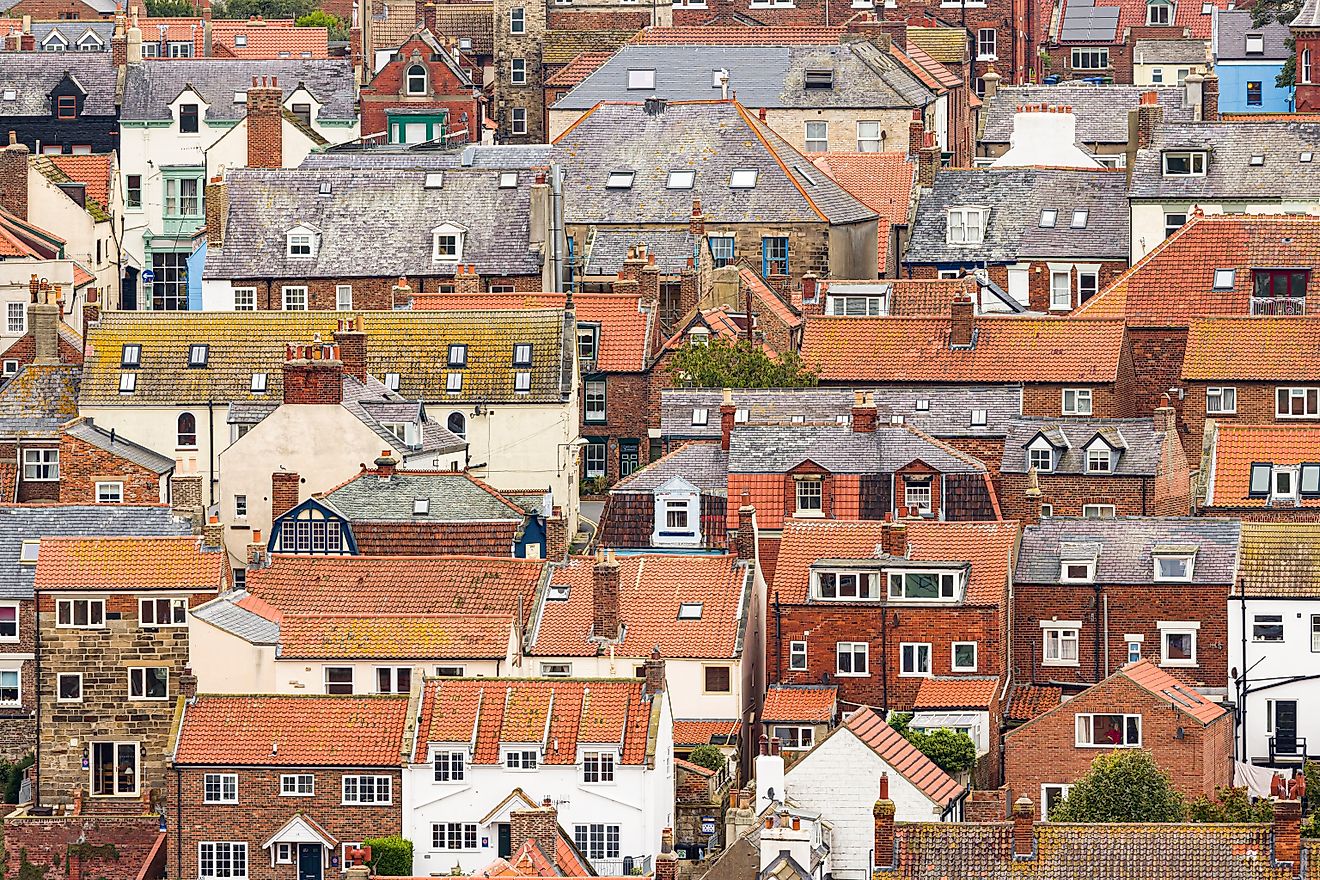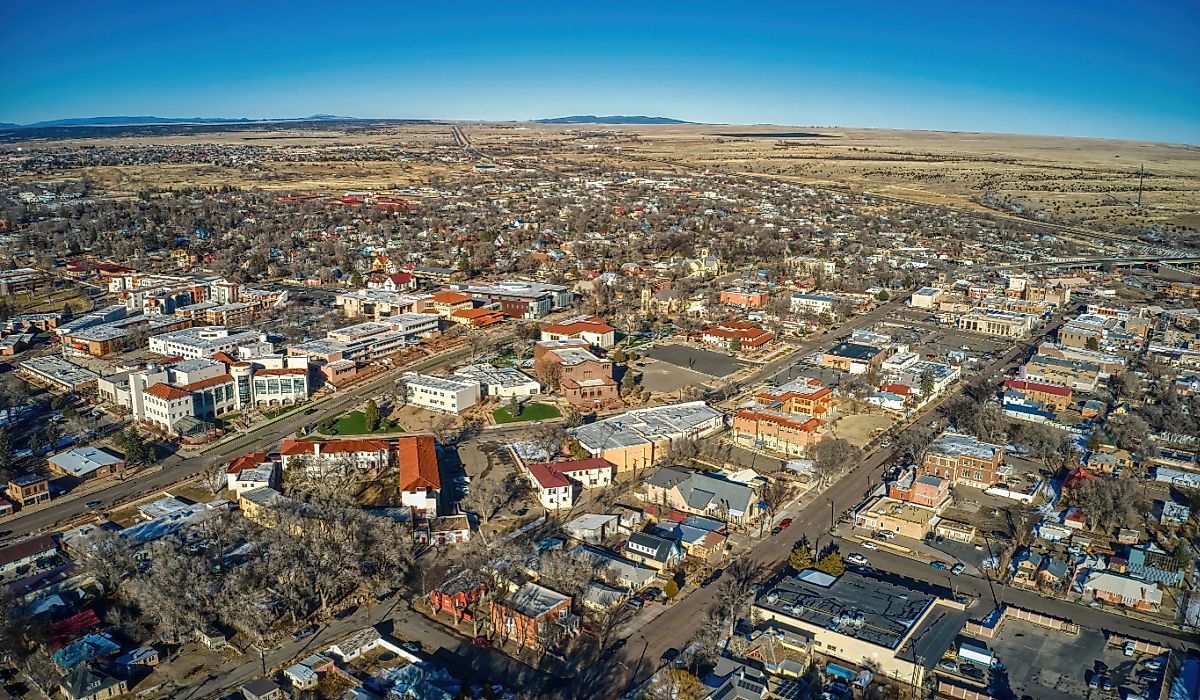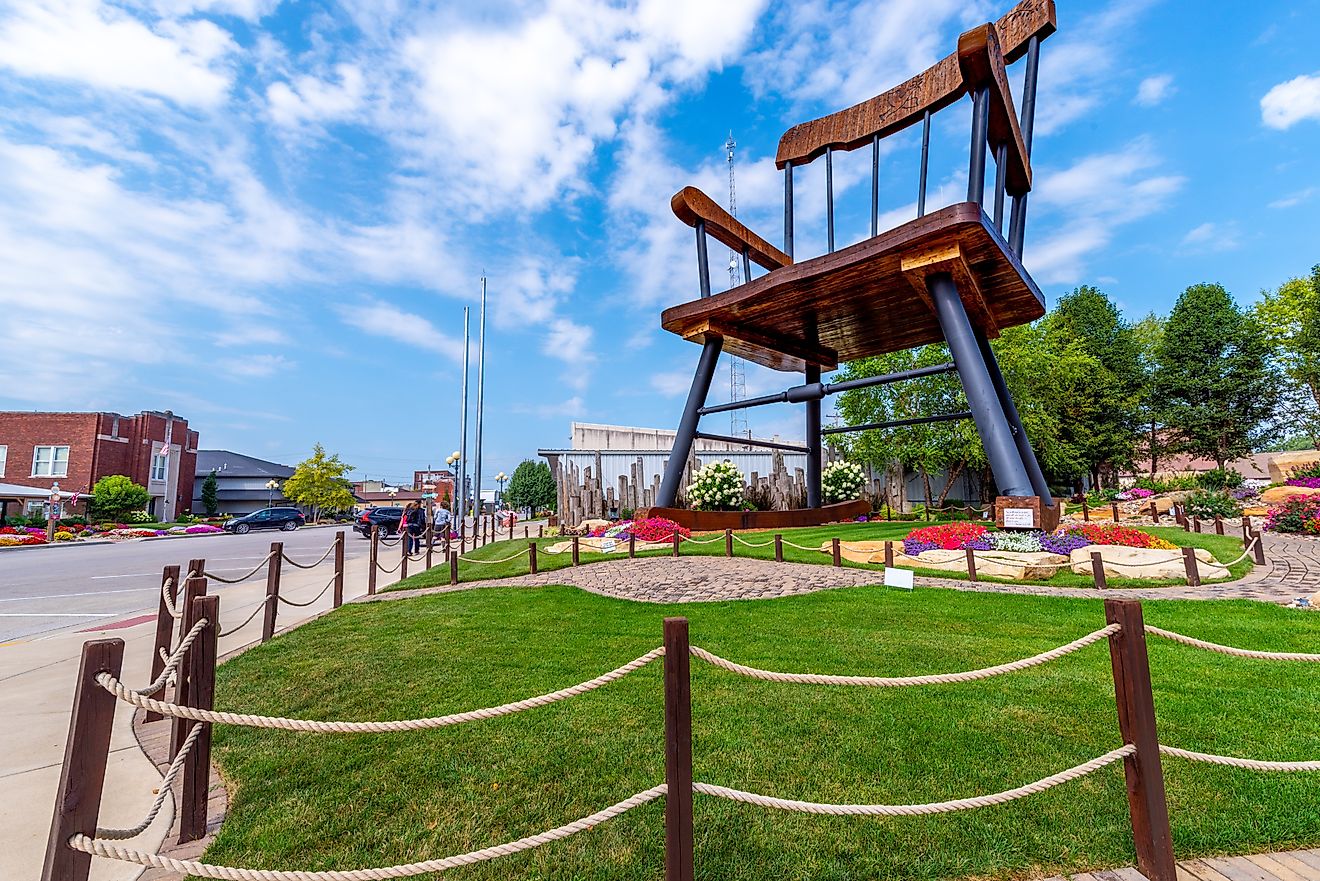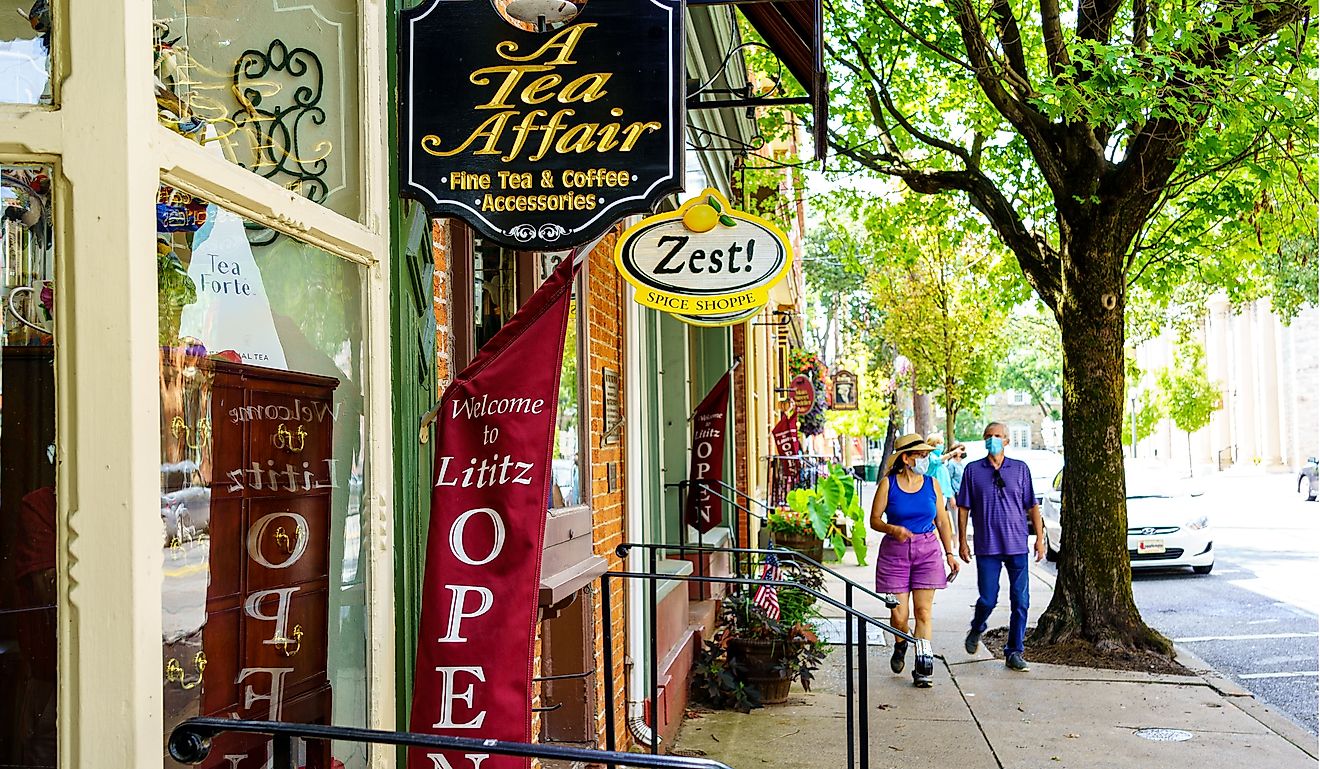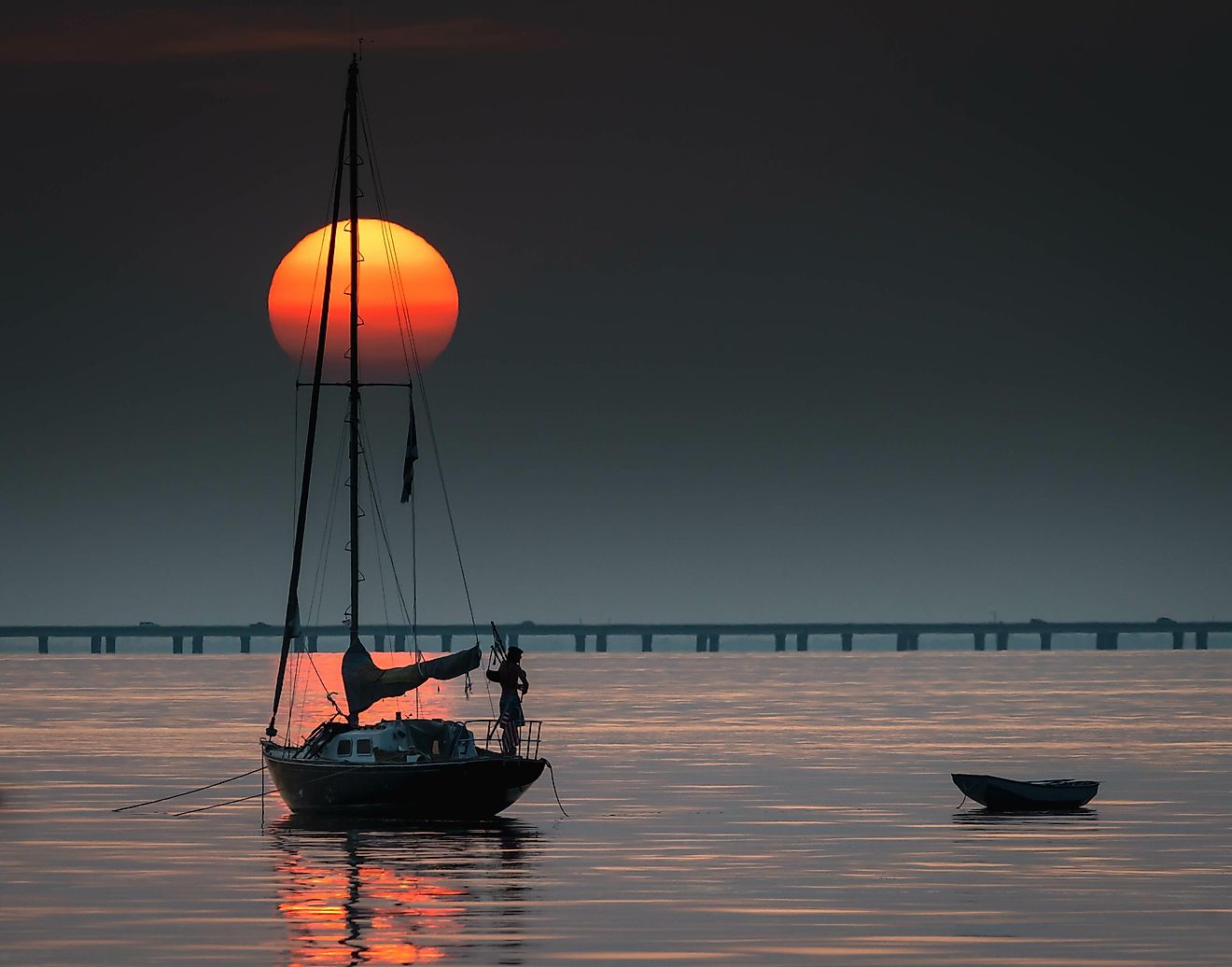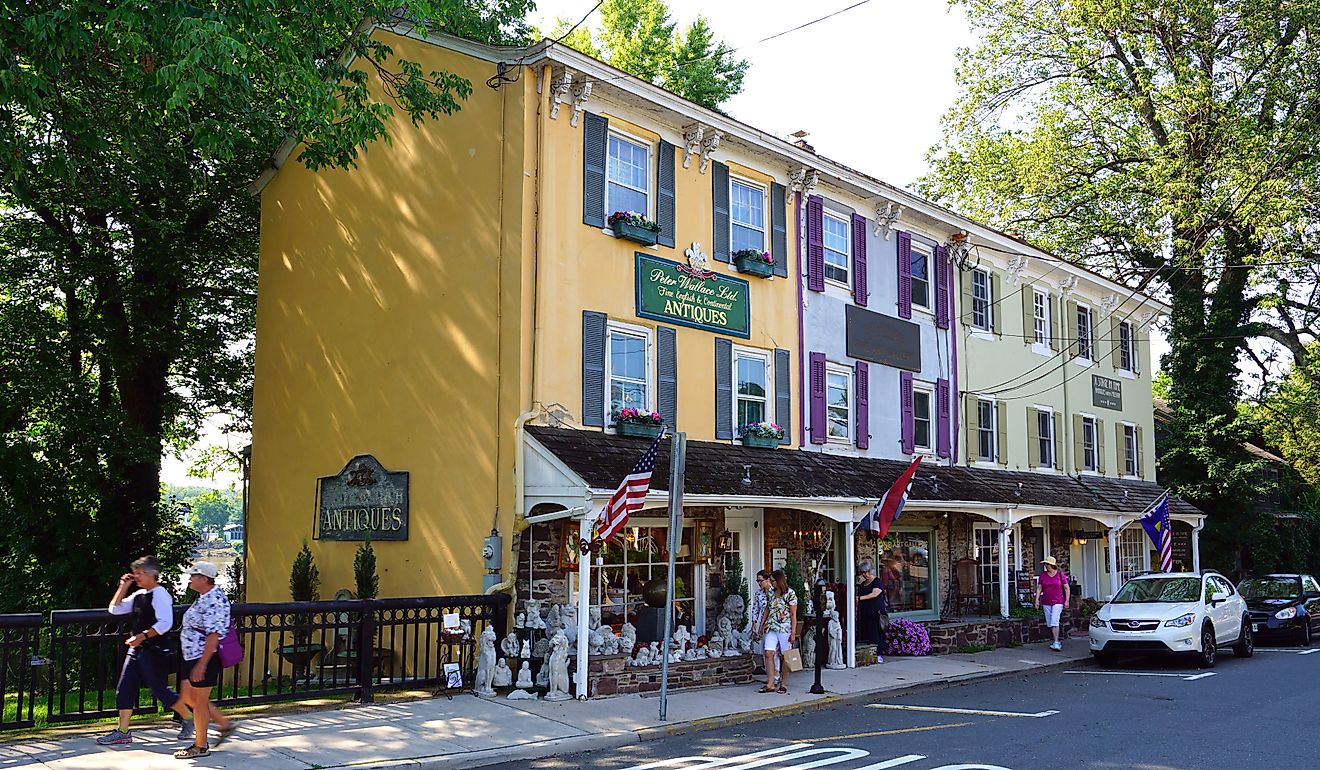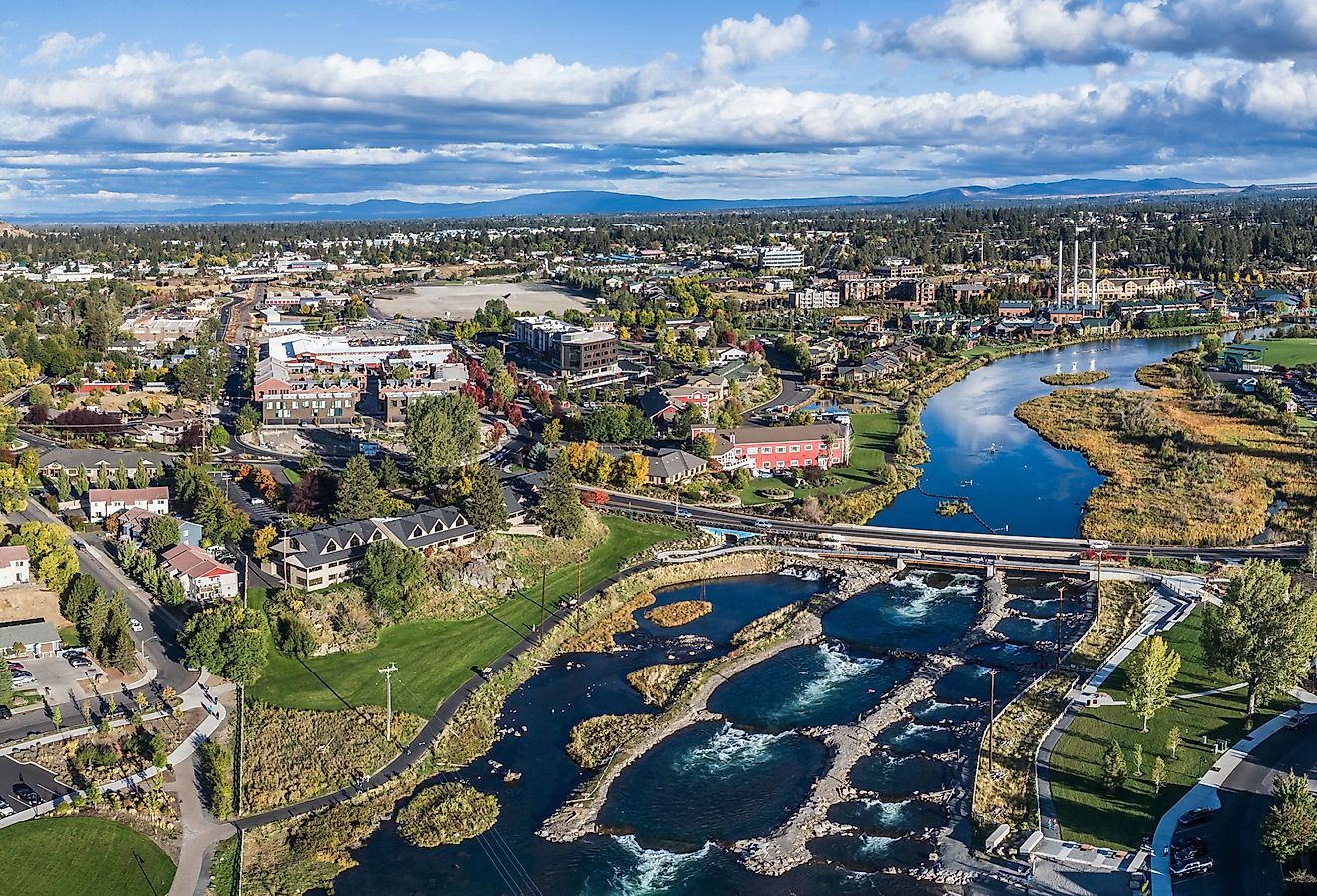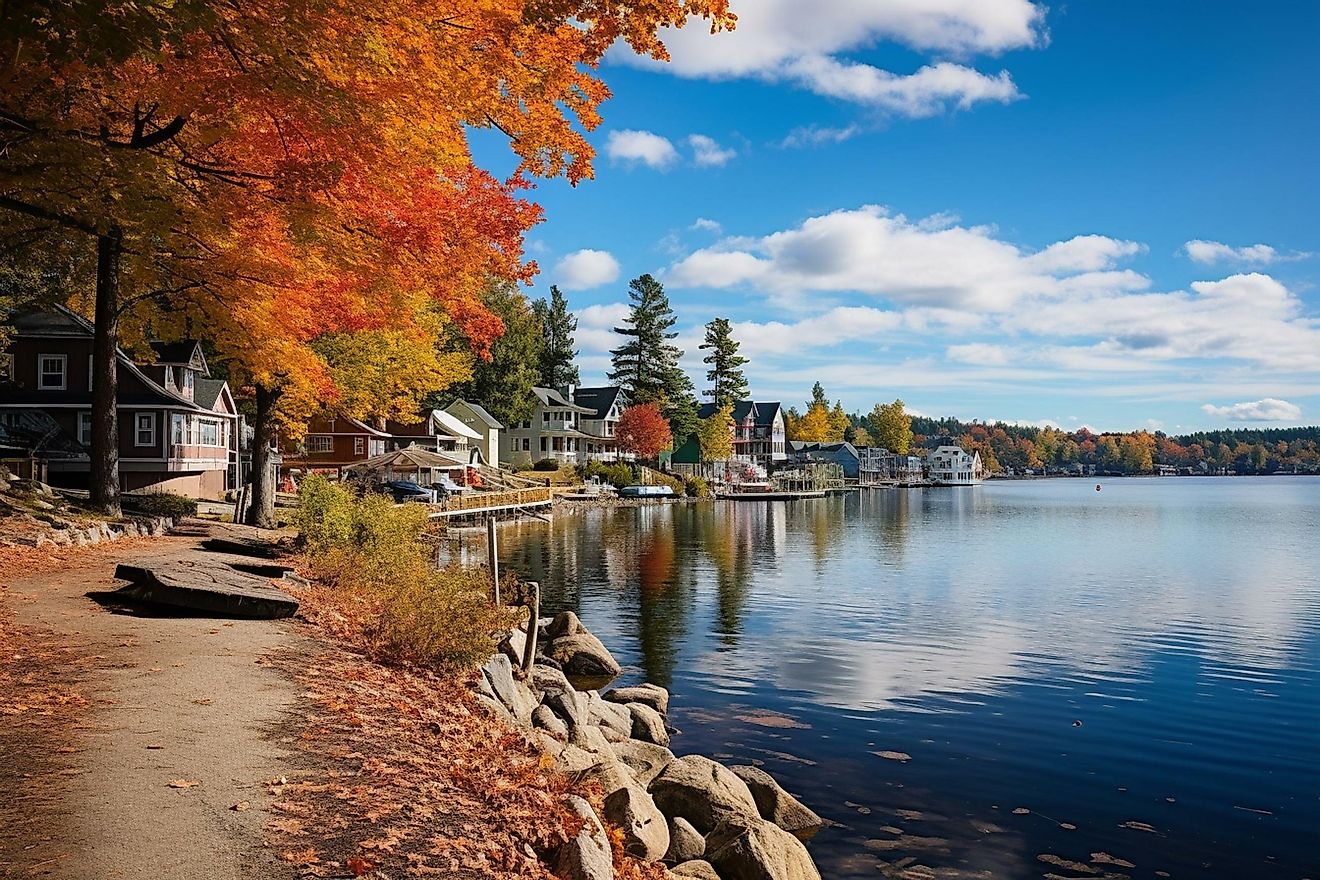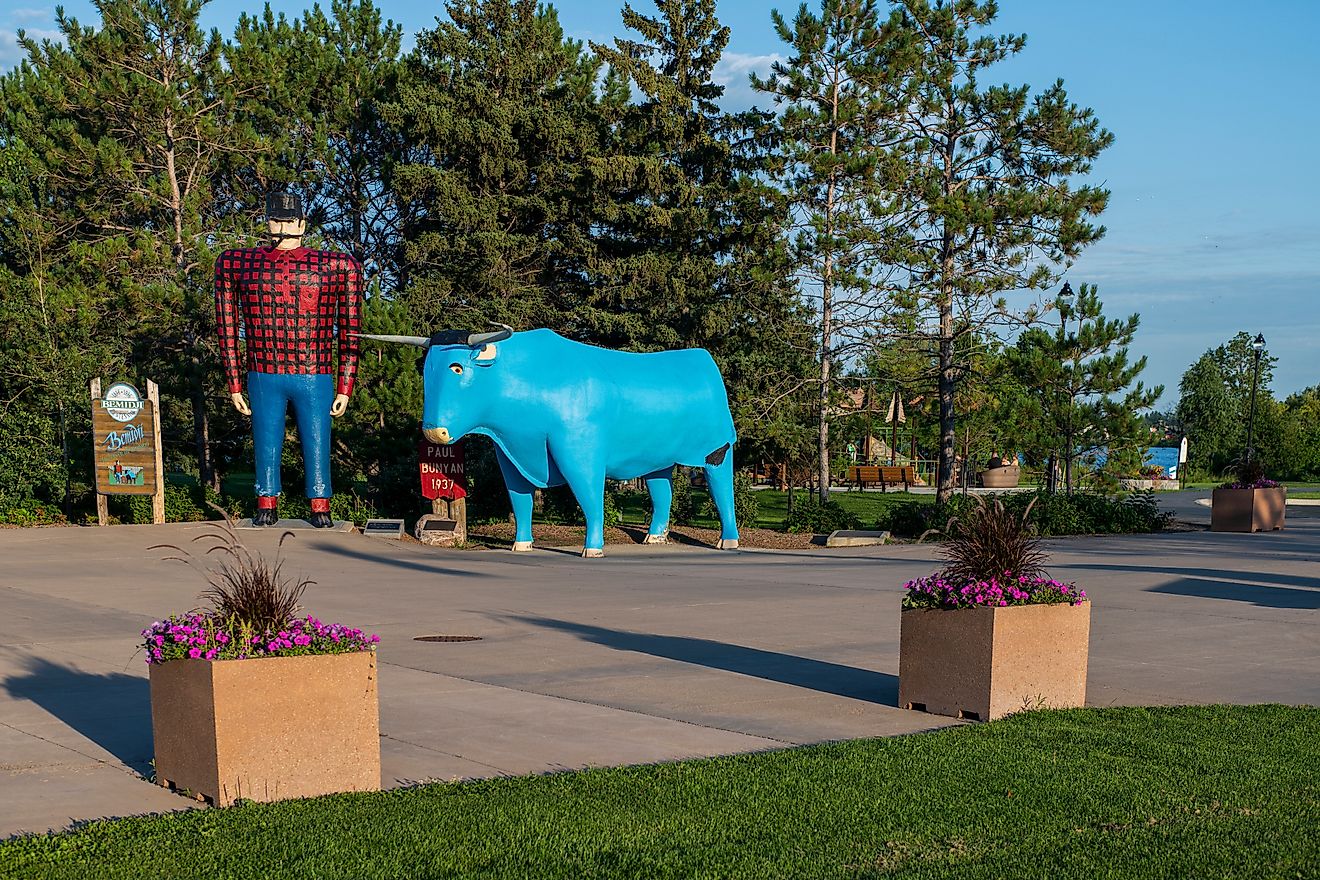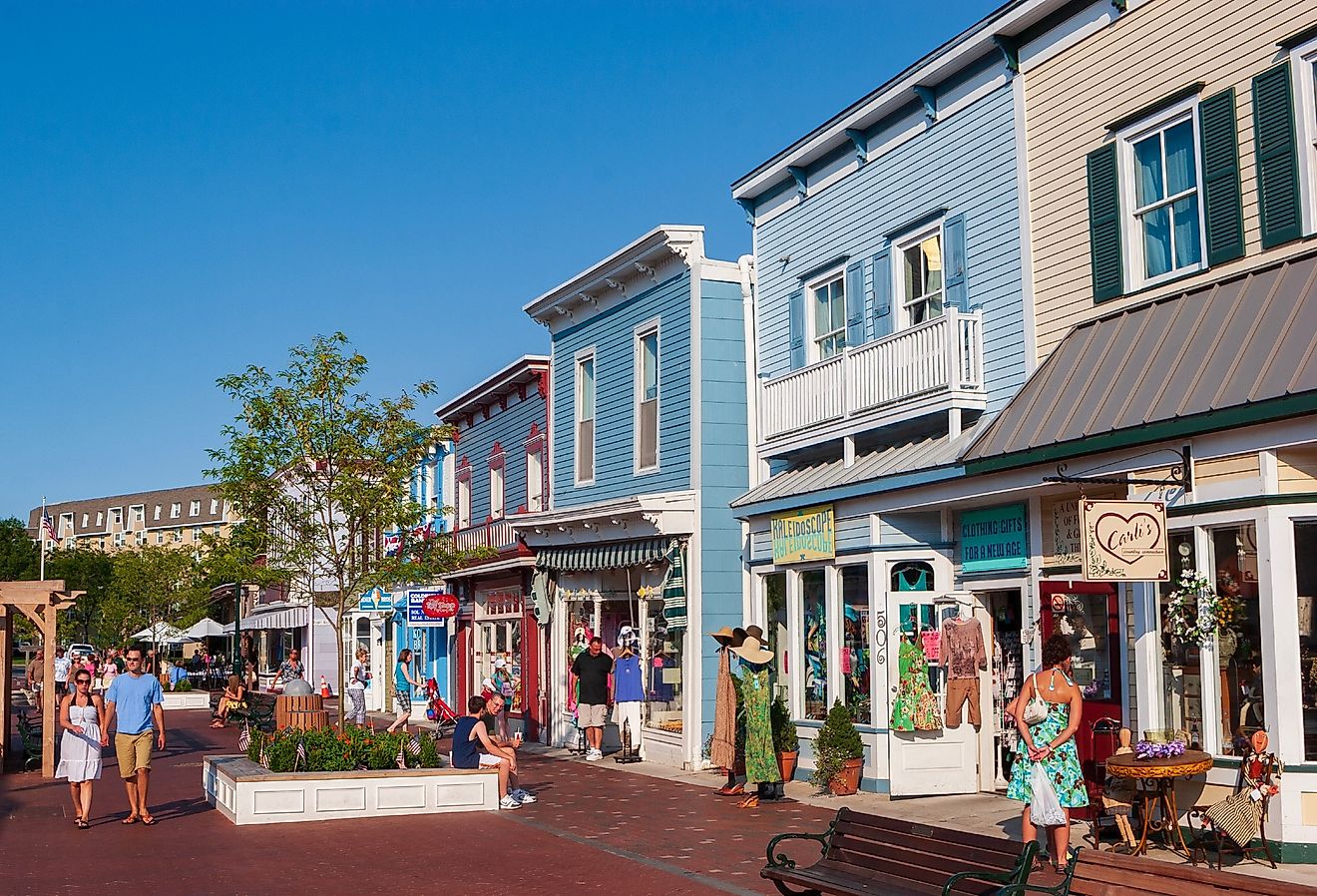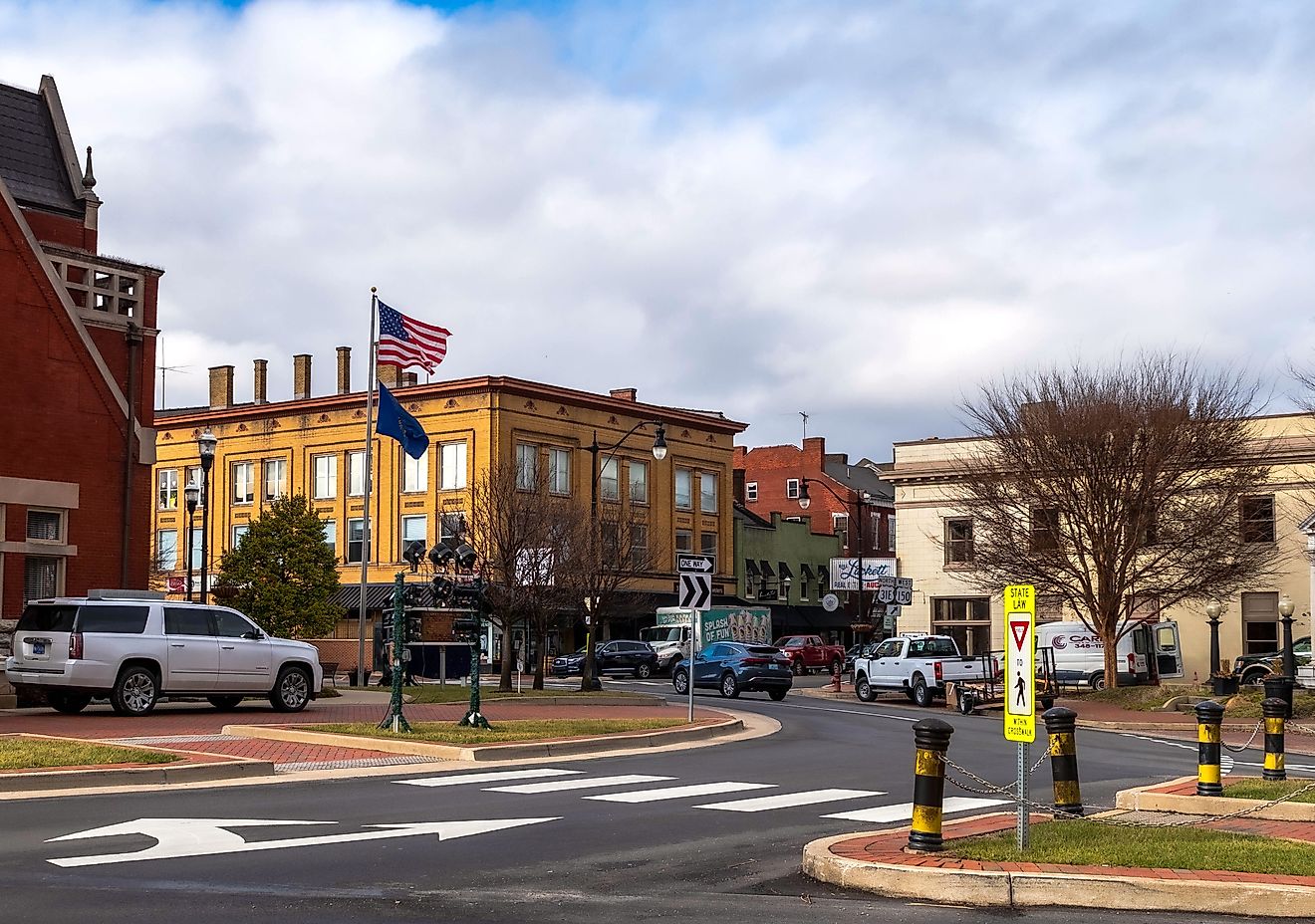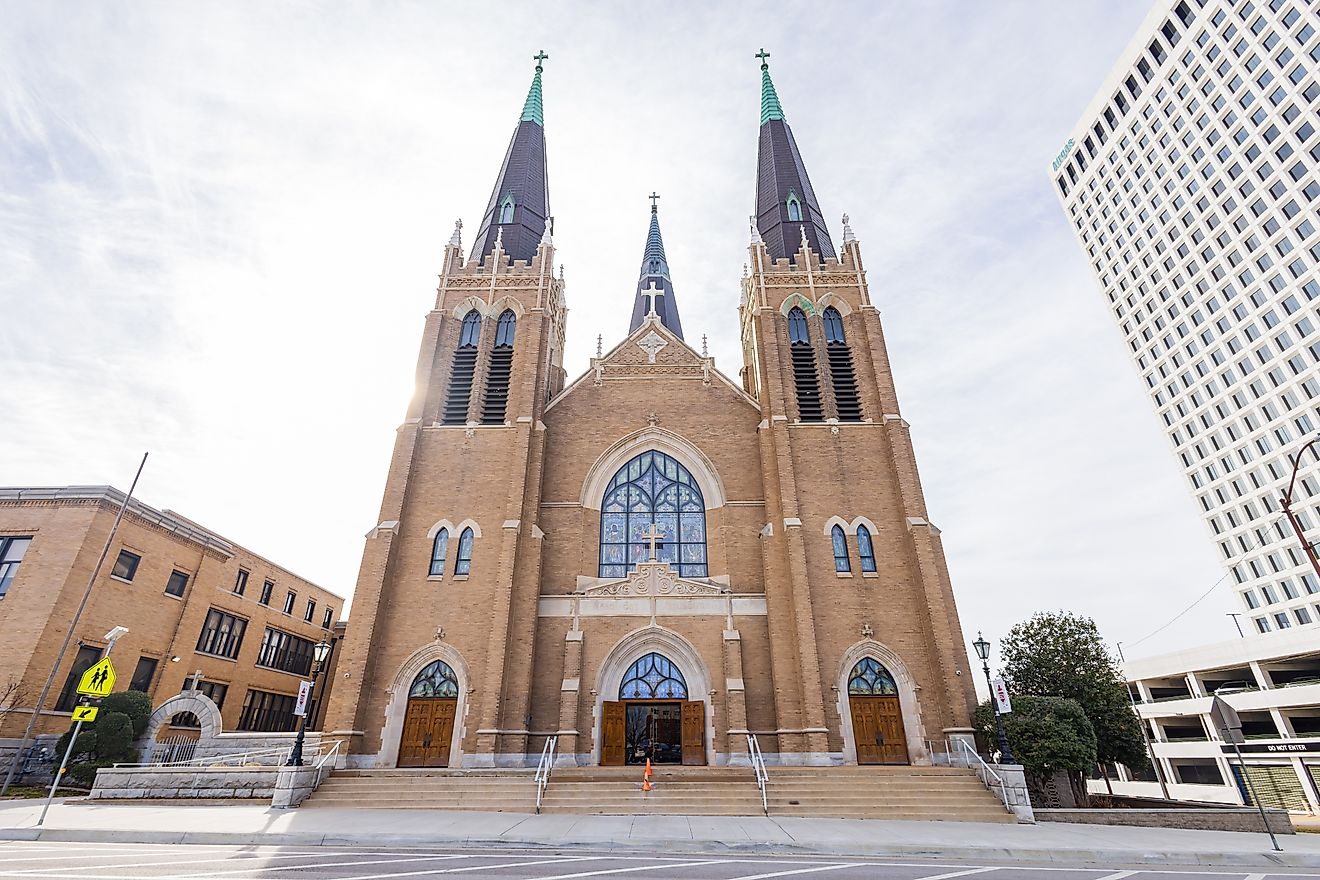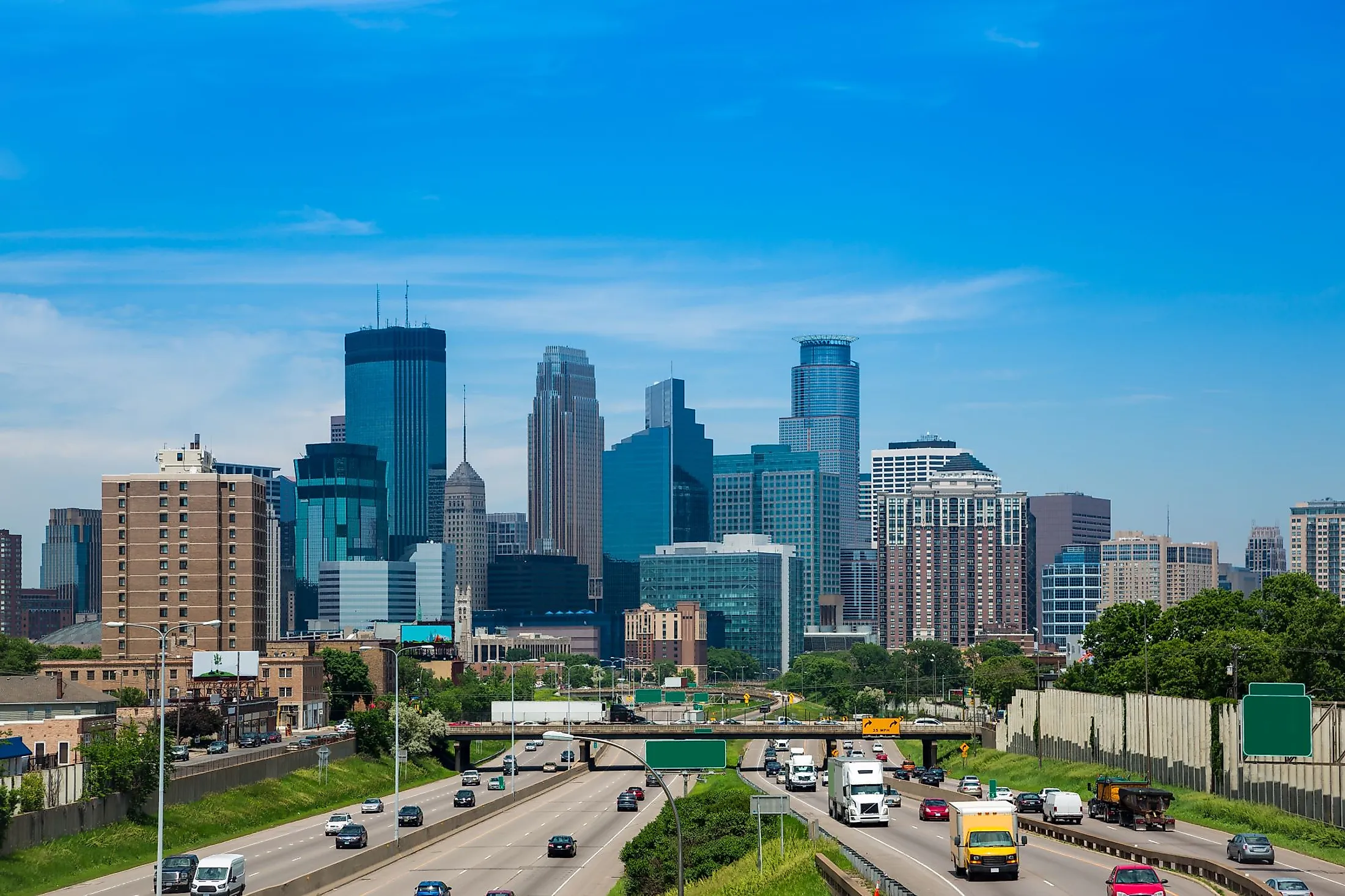
Minneapolis, Minnesota
Minneapolis is a large city situated in Hennepin County in the US State of Minnesota. It is close to the state's capital city Saint Paul. These two large cities form a metropolitan region centered around the Mississippi and St. Croix rivers called "Twin Cities." These cities share not only borders but also many aspects of their culture as well as political and educational institutions. Together, they form the center for recreational and industrial activities in Minnesota.
Geography And Climate Of Minneapolis
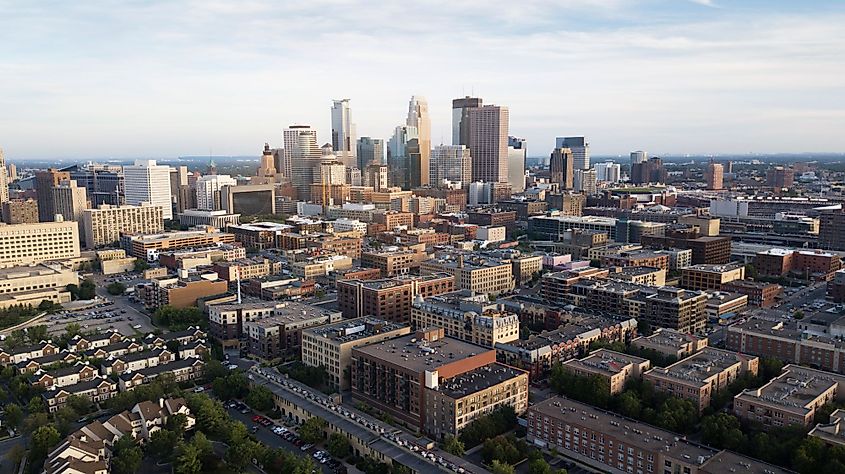
The city’s name “Minneapolis” is attributed to a Greek word that means “city” and a Sioux word that means “water.” It is a fitting name since the city encompasses more than five creeks and more than 20 lakes, ponds, and wetlands. Additionally, it lies on both banks of the Mississippi River, north of its confluence with the Minnesota River. The receding glaciers that remained from the last Ice Age fed the torrents of water from a glacial river that undercut the Mississippi and the Minnehaha riverbeds. It provided the city with waterfalls, and these waterfalls became an essential characteristic of its development, especially economically. In total, these water sources make up 6% of the city’s total area of 148.95 sq. km.
As per the Köppen Climate Classification System, Minneapolis experiences a hot-summer humid continental climate. The city has an annual temperature of 46.2°F and is generally characterized by precipitation where 34.2 inches of precipitation is received annually. The wettest month is June, with an average of 4.5 inches of precipitation, whereas the driest month is January, with an average of 1.1 inches. The climate is cold and temperate, where the highest temperatures are scored in July, with an average temperature of 74.2°F. January is the year's coldest month, with an average temperature of 15.3°F. It is also the relatively most humid month, with a humidity of 73.79%. The month having the lowest relative humidity is May (60.76 %). July enjoys the most extended hours of sunshine per day, with an average of 11.25 hours of sunshine. This characteristic and the suitable temperatures make July the best time to visit Minneapolis.
Brief History Of Minneapolis
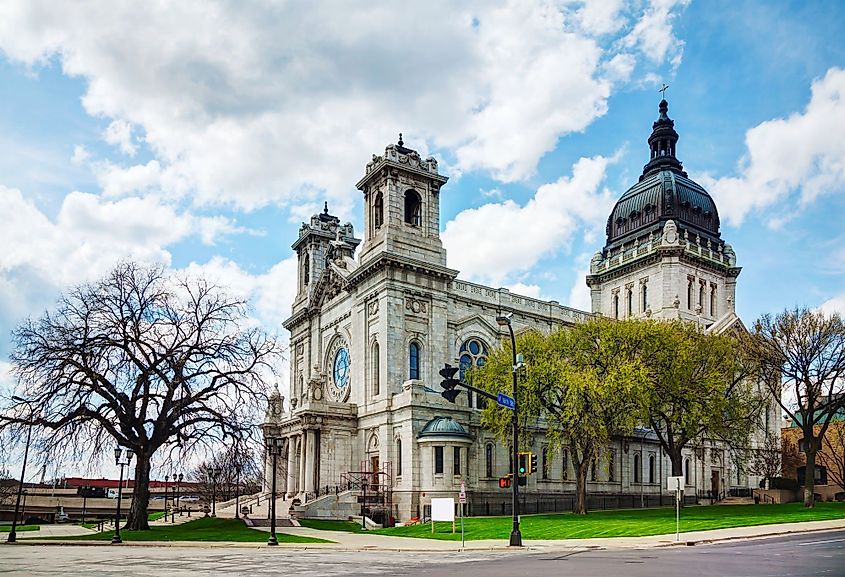
Before the French exploration, Sioux and Ojibwa people inhabited the land. It was then first visited in 1680 by a Franciscan missionary named Louis Hennepin, after which the county was named. Hennepin named the area St. Anthony Falls, and the falls became necessary for flour grinding activities. After the area was passed on to Spanish control and back to the French, France sold it back to the United States as a part of the Louisiana Purchase in 1803. Settlers began to live on the military reservation land on the west banks of the river in 1849. They were given patent rights, and the village was incorporated as Minneapolis in 1856 to be charted as a city in 1867. As for St. Anthony, it was charted as a city in 1860. Then, the two cities were merged and incorporated under Minneapolis in 1872. The flour milling industry was further developed and flourished in the city, becoming one of the pillars of its economy. The establishment of railroads between Minneapolis and Chicago, as well as the east and the west through Michigan, further enabled the development of the milling industry. The University of Minnesota was founded and incorporated into Minnesota legislation in 1851 before Minneapolis itself was established. After closing in 1861 due to the Civil War and lack of students, it reopened in 1869. It now consists of 20 different colleges and caters to more than 50,000 students.
The Population And Economy Of Minneapolis
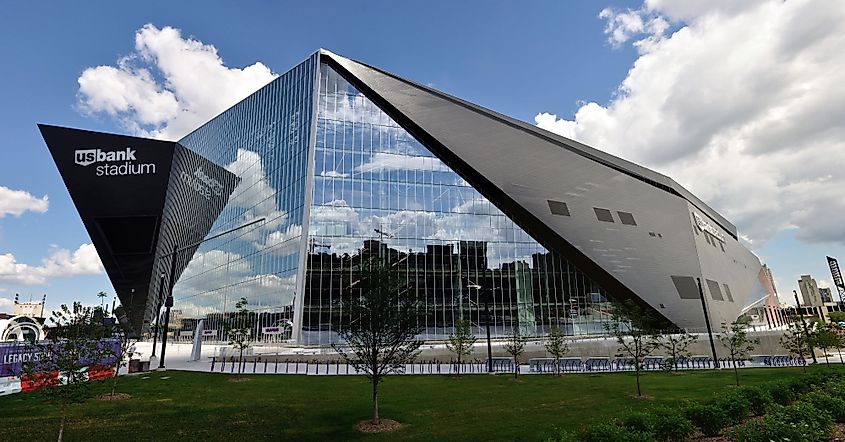
According to the latest US Census, Minneapolis has a population of 429,954 residents with a median age of 32.3 years. They are divided into 49.3% females and 50.7% males. As for racial distribution, the population comprises 62.9% White, 18.9% African American, 5.9% Asian, 1.4% American Indian and Alaska Native, 6% multiracial, and 5% belonging to other races. This diversity is also present in the distribution of ancestry, where the most common ancestries are German, Irish, Norwegian, Sub-Saharan African, and English. However, only 15.2% of the population are foreign-born.
The median household income in Minneapolis is $66,078, which is lower than that of the state of Minnesota at $73,382. It has an employment rate of 70.2%, with 64.8% of employees working in private companies. The industry that employs most workers is the sector of Educational Services, Healthcare, and Social Assistance. As for poverty, 18.3% of all people in Minneapolis struggle with poverty. Finally, 6.2% of residents don’t have any healthcare coverage.
Attractions In Minneapolis
Minnehaha Park
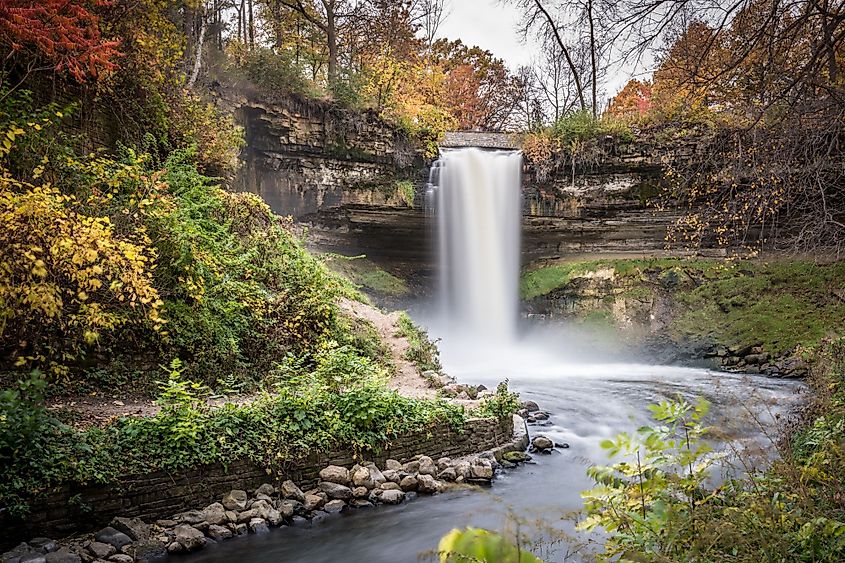
Minneapolis is known for its scenic parks, and Minnehaha Park is the oldest one of them. It contains a magnificent 53-foot waterfall that is beautiful when iced or flowing as well as many trails and limestone bluffs.
Minneapolis Institute Of Art
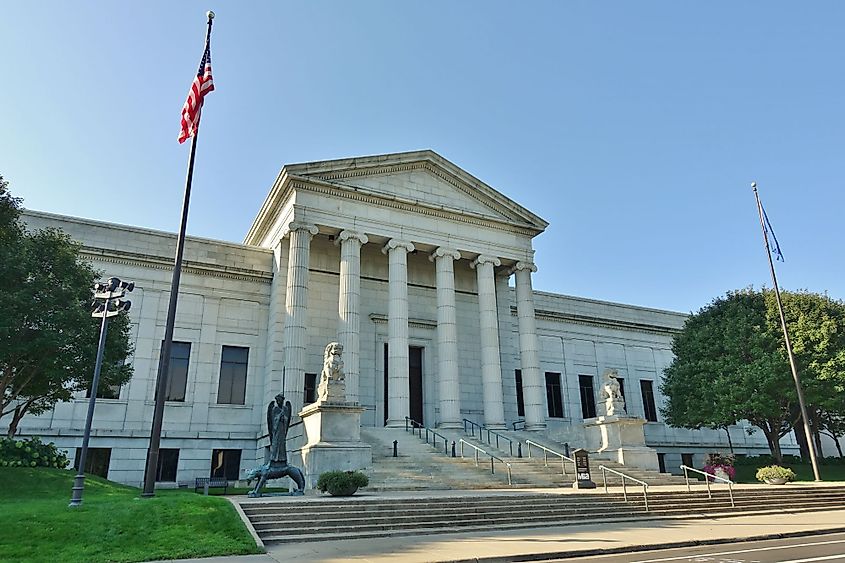
The artistic character is a vital feature of the city. The Minneapolis Institute of Art features a variety of art styles representing 5,000 years of history, making it one of the largest museums in the world.
Chain Of Lakes
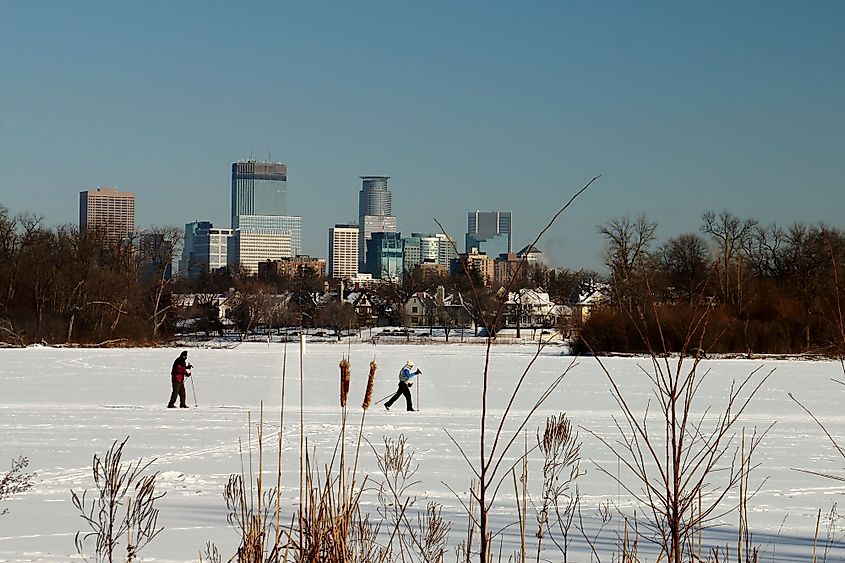
A peek into growing up in Minneapolis is essentially a lot of time in the water, and the Chain of Lakes can give you exactly that. It is made up of the four largest lakes in the city: Lake Harriet, Lake Calhoun, Lake of the Isles, and Cedar Lake. The lakes, except Lake Harriet, are connected by waterways. You can go through the lakes by non-motored boats such as canoes, kayaks, and sailboats.
Minneapolis offers something from all worlds. It possesses an artistic flavor along with educational and cultural features. Not only that, but it is a place for economic development and growth. All these characteristics are wrapped up in natural scenery and lots of water.
